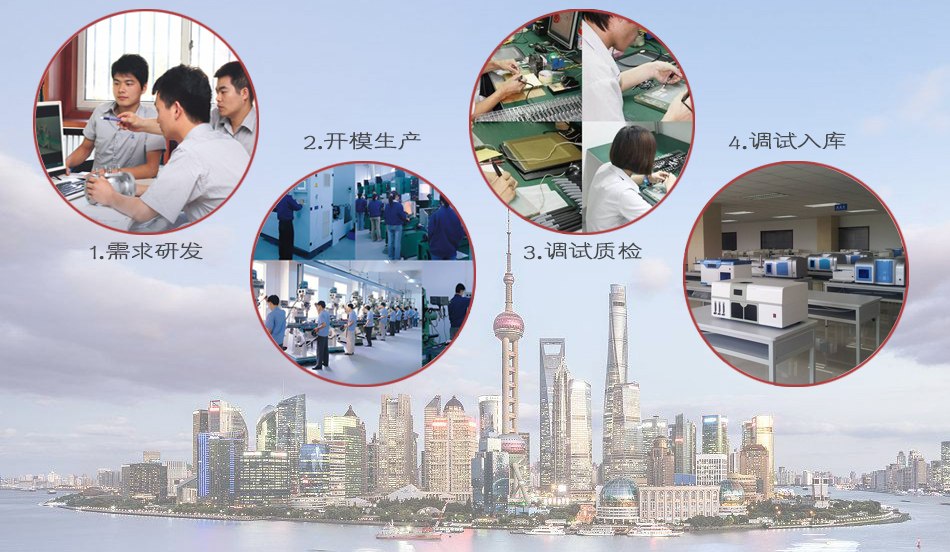精工工艺

公司资质

客户见证
- 常用可编程逻辑器件的封装形式有哪些 2024-04-26
- 条纹爆款色织提花面料 2024-04-26
- 得伟强力重型G字F夹 2024-04-26
- 万康手动调节阀 2024-04-26
- 天津沃川W-316缓蚀剂 2024-04-26
- 农业园林灌溉水带弯头 2024-04-26
- 云帆落地铣镗床 2024-04-26
- 背式空气喷雾除尘器 2024-04-26
- 友联pvc流体管 2024-04-26
- 家用净水器什么牌子较实惠好用 2024-04-26
- 深沟球风机轴承 2024-04-26
- 粉末干法造粒机 2024-04-26
- 什么地图软件可以测距 2024-04-26
- 双银电力辅机TB-273消声器 2024-04-26
- 墙暖怎么安装 2024-04-26
- 300A电焊把 2024-04-26
- 海尔小5扫地机怎么样 2024-04-26
- 塑壳断路器型号参数怎么看 2024-04-26
- 厂房降温除尘喷咀 2024-04-26
- 扫地机器人怎么用 2024-04-26
- 科沃斯机器人哪款好 2024-04-26
- 建模软件哪个好 2024-04-26
- BR-M08A型透明液压元件模型 2024-04-26
- 液化气热水器哪个牌子好 2024-04-26
- 刹车片拆装专用工具 2024-04-26
- 螺丝规格怎么看 2024-04-26
- 科德定时器怎么调时间 2024-04-26
- 永晟机械YSTL-400柴油拖拉机 2024-04-26
- 新黑色压花牛皮鞋 2024-04-26
- EGOFERM音箱喇叭阻尼胶 2024-04-26
- 路通-804B拖拉机 2024-04-26
- 什么是三元催化器 2024-04-26
- 利德聚氨酯电热水器发泡机 2024-04-26
- 深圳LED灯专用扩散板 2024-04-26
- 无动力包胶链轮滚筒 2024-04-26
- 卓达蒸汽暖风机 2024-04-26
- 内部r角怎么测量 2024-04-26
- 科沃斯机器人哪款好 2024-04-26
- 约克水空调地暖二合一怎么样 2024-04-26
- 朵怎么 2024-04-26
- 单双面线路板 2024-04-26
- 地暖暖气片哪个节能 2024-04-26
- 比西特自助导览机 2024-04-26
- 电源ic品牌有哪些 2024-04-26
- 单面超细秋冬斜纹羊毛 2024-04-26
- 涂布机小型TC-300 2024-04-26
- 收纳外贸纺粘黑白无纺布 2024-04-26
- 信捷plc和台达哪个好 2024-04-26
- 三菱adprw怎么用 2024-04-26
- 建筑热轧q345b镀锌工字钢 2024-04-26
- 三菱终端电阻怎么接线图 2024-04-26
- 路由器怎么安装 2024-04-26
- 角磨机集尘罩 2024-04-26
- 山地作物稻麦割晒机 2024-04-26
- 雪佛兰科沃兹怎么样 2024-04-26
- 高而美15P空气能低温机热泵 2024-04-26
- 功放配音箱有什么要求 2024-04-26
- 液晶电视怎么放dvd 2024-04-26
- 电流高的原因是什么 2024-04-26
- 国皓电热毯 2024-04-26
- 济南祥业液压升降平台 2024-04-26
- 台湾宝工8S005无酸焊油 2024-04-26
- 多种颜色可选 2024-04-26
- 雷邦金属表面前剂 2024-04-26
- 筛编织网格钢丝网过滤网 2024-04-26
- 鱼塘水浑发黄怎么处理 2024-04-26
- 高精密度手电钻支架 2024-04-26
- 螺纹春夏弹力40s罗纹 2024-04-26
- 超锋电气30kw肇庆钻头 2024-04-26
- 全自动装盒机 2024-04-26
- 学生全棉平纹白坯布 2024-04-26
- 芸鑫河LED液晶屏 2024-04-26
- 瓶子包装喷印纸箱 2024-04-26
- 宏顺散热器暖气片堵头 2024-04-26
- 氧气浓度传感器有哪些 2024-04-26
- 0.4mm厚度pcb超薄 2024-04-26
- 140型机制煤棒机 2024-04-26
- 工业接地紫铜排 2024-04-26
- 蜗轮速度怎么算 2024-04-26
- 大隈机床怎么样 2024-04-26


